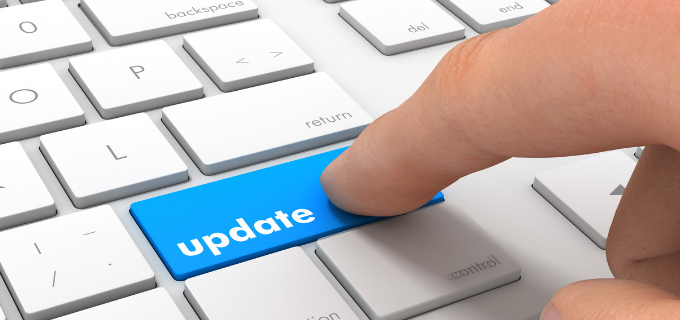You’ve decided to move your Constituent Relationship Management (CRM) system. You’re hoping for a clean break from your legacy system—the current system you’re on when you’ve decided to move on to a new software. However, you realize the transition will provide better data and ease of use once it’s finally up and running.
In the meantime, you might be considering if it’s worth updating your legacy database documentation. Doing so takes time and money, and you’re left wondering if it’s worth it.
Here’s a brief overview of how updating your legacy database documentation benefits your new CRM implementation.
Legacy System Review
Legacy systems are often based on an in-house client-server model. The database is running on a SQL Server or Oracle. There are Windows-specific applications. Users can access the system using a locally installed desktop client. Remote access is available through a Virtual Private Network (VPN) login and a Citrix remote desktop session.
The legacy system can also refer to an early generation, browser-based system. Compared to the previous category of legacy systems, the browser-based version may be easier to use and maintain. But they are not continually optimized to run on newer browser versions, subsequently relying on outdated versions to run smoothly.
But the question remains—do your legacy documents need to be addressed before transitioning your CRM solution?
In most cases, your legacy database either has little or outdated documentation. There is a standard argument that, if you’re leaving the system, why invest time and effort in bringing documents up to speed. Updating your documentation is not a waste of time and money. These critical elements will save your CRM project.
Misunderstood Processes
The original documents institutions have on hand about their legacy system are usually how the program was intended to be used. But business processes don’t always remain consistent as new users or institutional needs change.
For example, your users may have tried to establish business rules to accommodate a particular report. Many times, these workarounds to fill functional gaps in your legacy system can convolute your new CRM implementation.
It is beneficial to review the documentation on how your system was used and compare it to established business rules. Review the fields you’ve proposed, the areas the vendor set to use for one, and how it captured information—all that information matters and will be worth the investment.
Weird Data
The second thing to consider regarding your legacy database documentation is weird or strange data. When reviewing imported data, oftentimes the data doesn’t match what you expected to find. This could be a result of a requirement that wasn’t met by the system, and your users got creative. Many times, users find a way to use the system to get the information they want and need, and it doesn’t always align with your initial business processes.
If you don’t get to the bottom of the weird data in your legacy system database before the transition of your CRM application, the same thing will happen in your new system.
Documentation
The top benefit of a new CRM implementation is the quality data. But if you transfer insufficient data into your new system and don’t have any documentation or understand where the guidelines exist, you’ll get good data from bad statistics.
Updating your data within your legacy database will allow you to spot the difference and pressure test the system. You’ll be aware of what portion complies and what does not. The only way to get quality data for your new plan is to ensure you’re transferring quality data from your existing database.
Examining your existing database will ease the transition to your new CRM—preventing failure, as well as costly and timely data issues later.

